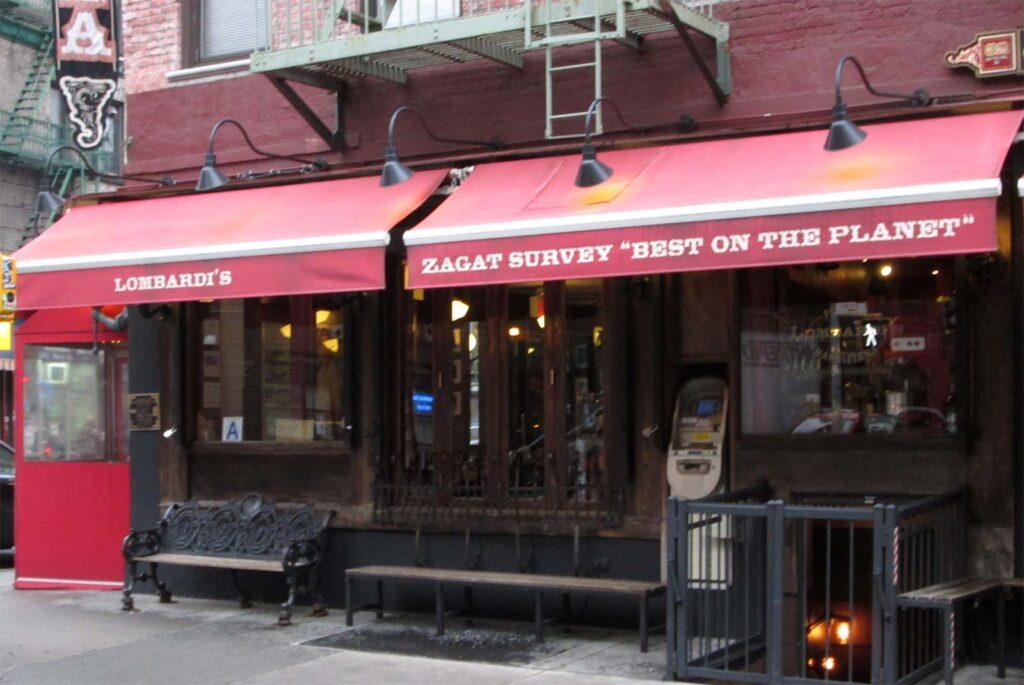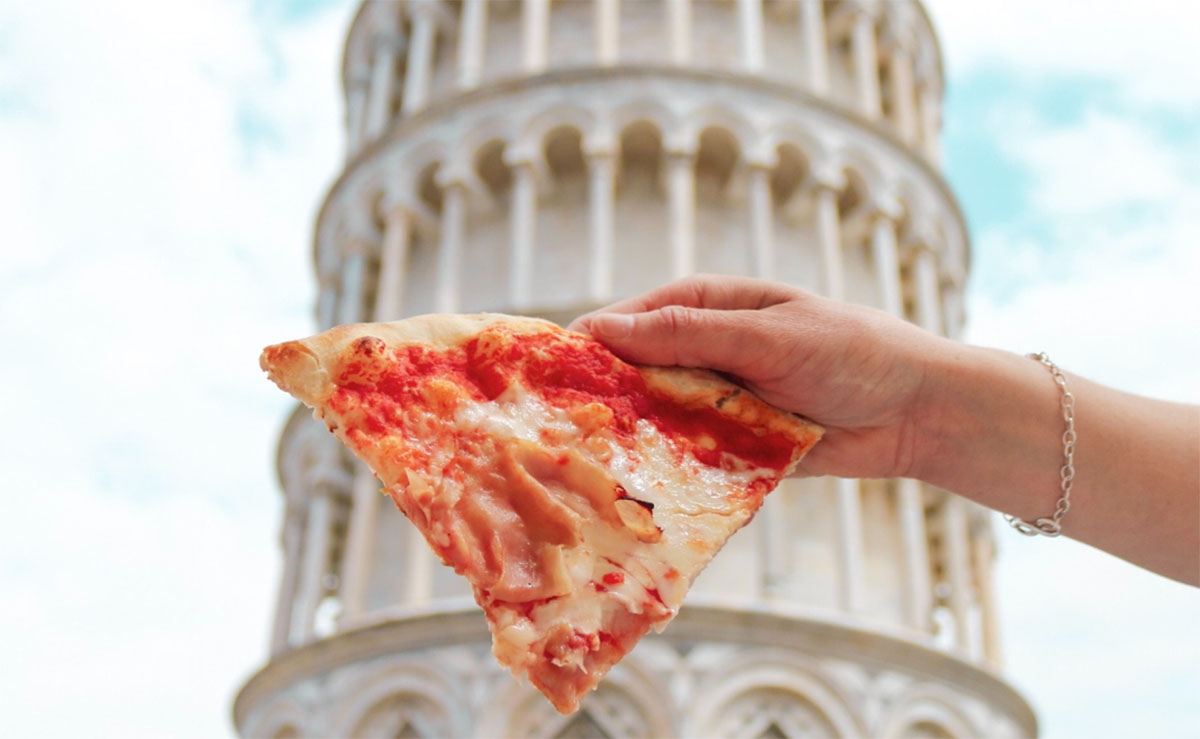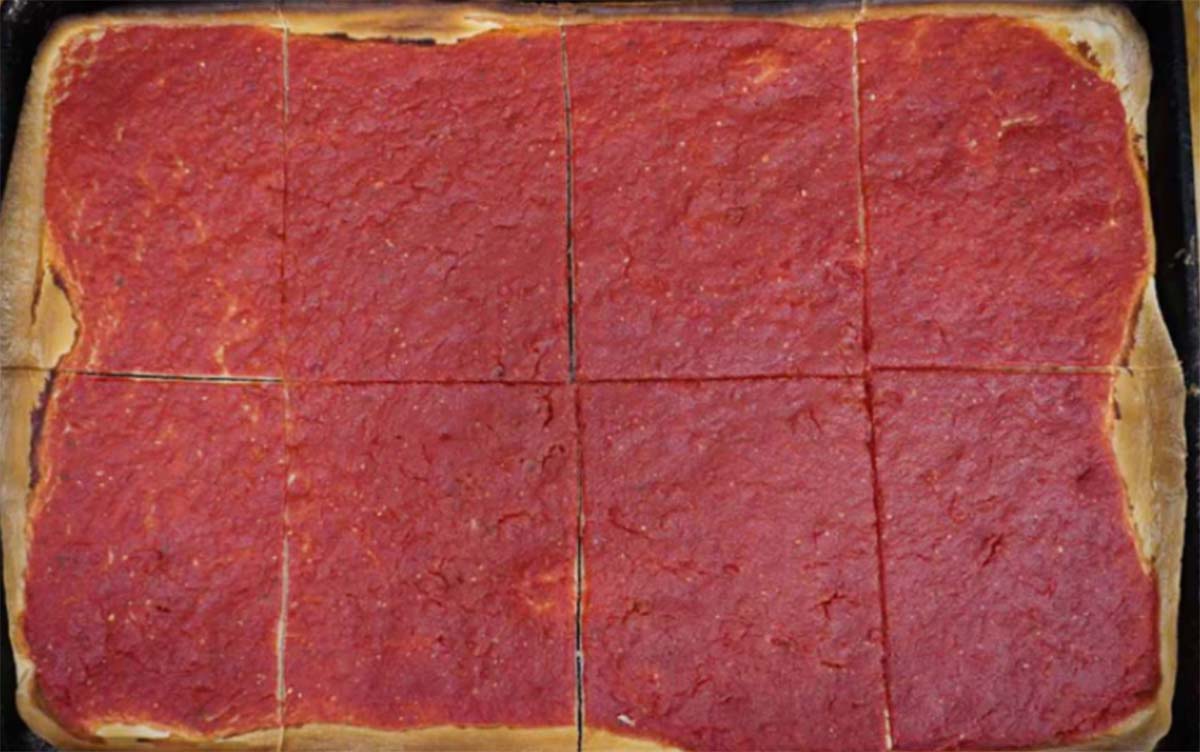
Pizza is one of the most popular foods in the U.S. Everybody loves pizza. There are pizza nights, pizza parties, and fun family pizzerias. But did you ever wonder where our collective love of pizza came from?
Of course, everyone knows pizza is Italian but who was the first to put together the basic ingredients of dough, tomatoes, and cheese? Well, read on to learn about the history of pizza and how it became the most popular food in the U.S.
Flatbread in Ancient Times
Pizza owes its history to the humble unleveled flatbread. Since early times people have combined flour and water to make a simple dough baked on a hot rock. This flatbread has a lengthy history and can be dated back to Persian times in the 5th century BC.
Soldiers in the Persian army used to bake a type of flatbread on their shields and sprinkle it with some herbs or dates. In addition to herbs, flatbread was baked with foraged edibles like wild mushrooms and green onions. Throughout civilizations, in ancient Mediterranean regions, flatbread was a common food.
Even a rudimentary pizza oven was discovered in the ruins of Pompeii from 79 AD. However, these early flatbreads resembled Roman focaccia more than a pizza.
Later, as cheese made its way into the Mediterranean diet, it was added to the flatbread. And when the Arabs brought water buffalo to Sicily in 1000 AD, the famous buffalo mozzarella was born.
Buffalo mozzarella was first mentioned in an Italian cookbook in 1570, which is probably around the time that it was first added to the flatbread. However, these flatbreads with herbs and mozzarella were still missing a key ingredient to the modern pizza.

Tomatoes came to Europe via the New World (Mexico) around the mid-1500s but were not accepted as an edible ingredient. They were grown only as ornamental decoration.
Tomatoes were thought to be poisonous and were not given their proper place in Italian food until a few hundred years later. Creative or maybe just hungry peasants in Naples began incorporating them into their diets, creating modern Italian cuisine.
Pizza in Naples
Early Italian pizzas were a poor man’s food in Naples. Street vendors sold them as a working man’s inexpensive meal. The local bakery would often make flatbreads with leftover dough as a throwaway product. These early Napoletano pizzas were relatively simple, usually olive oil and garlic.
But later, pizza evolved to the local tastes using local ingredients like anchovies, sardines, and eventually mozzarella. As pizza became a sought after treat, the ingredient list grew more sophisticated. This led to high society wanting to enjoy pizza, and sit-down pizzerias began to pop up all over Naples and eventually the rest of Italy.
The Famous Margherita
In 1861, Italy finally unified as one country. And in 1889, Italian royalty King Umberto I and Queen Margherita visited Naples, the former capital of the southern region. The story goes that Queen Margherite was looking for a change from the French cuisine that dominated the culinary world, and she summoned a well-known pizzaiolo in Naples to make her three different pizzas.
Of the three, she was quite taken with the simple flavor and patriotic colors of the pizza with basil and mozzarella and red sauce. She loved it so much that the pizzaiolo decided to name this pizza in her honor. Today the Margherita pizza is the most famous Napoleatano pizza.
The American Pie

In the late 1800s and early 1900s, Italian immigrants made their way to America. First stopping in Ellis Island and then on to New York. Pizza lovers have these early Italian immigrants to thank for bringing pizza to America.
While Italian immigrants made pizza in their homes, the first pizzeria for the general public was opened by Gennaro Lombardi in 1905 in New York City. And, as you can probably guess, it was a hit. More pizzaiolos followed suit, and pizzerias started to open in New York and New Jersey.
As World War II ended, the popularity of pizza was just beginning. American soldiers returning from the Italian front returned with a taste for everything Italian, including pizza. The soldiers’ appetite for pizza further ignited the popularity of pizza.
Pizza may have started in New York, but it soon spread all over. Places like St.Louis, Detroit, and Chicago created their own take on the classic Italian pizza. Eventually, even California had its own distinct pizza style.
In Kansas, in 1958, Pizza Hut opened the first chain pizzeria in the U.S. Two years later, Dominos opened their first restaurant in Michigan. And, in Indiana in 1964, Papa Johns opened its doors.
Today the U.S has over 70,000 pizzerias, and pizza is a $30 billion per year industry. And it all started with flatbread cooked on a hot stone, some olive oil, and herbs.
History of Pizza
The history of pizza is long and involves various cultures. Like most extraordinary things, it is a mix of beautiful things coming together: Mexican tomatoes, Indian water buffalo, Greek olive oils, Mediterranean flatbread, and Neopolitan ingenuity.
Nowadays, you can find all kinds of pizzerias in every city and town in the U.S. Pizza isn’t just popular here in the U.S. It has become a beloved food all over the world.
If you love learning new things about the history of pizza check out Pizzapedia: An Illustrated Guide to Everything Pizza. It’s an encyclopedia of all things pizza.














